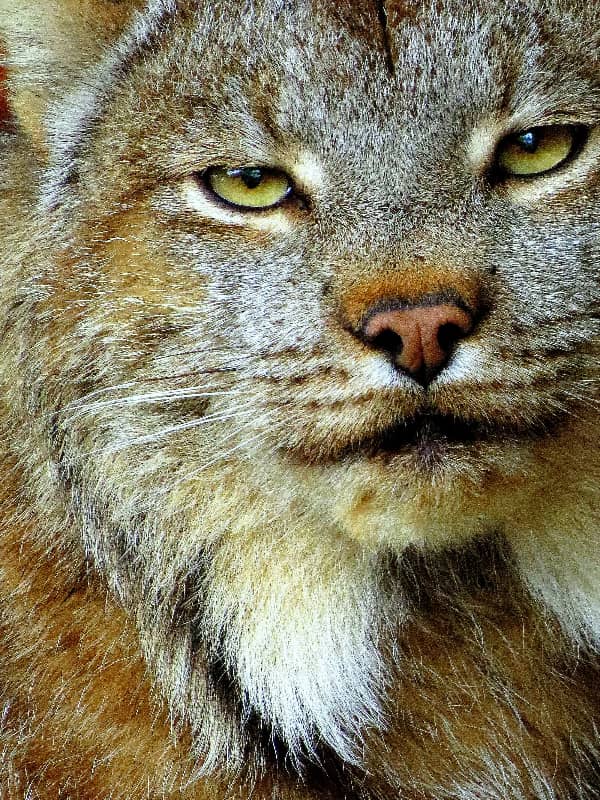The impressive knowledge of the indigenous people
How one indigenous student managed to catch six lynxes, because all felines are very attracted to things that move and shine, so they start to play.

Dr. Carlos Enrique Galindo Leal, general director of science communication at the National Commission for the Knowledge and Use of Biodiversity (Conabio), says that when he worked with the Tutchone Indians of Canada in the Yukon, he helped a student trap Canada lynx (Lynx canadensis).
"The student would set nail traps to stop the animal's paw without hurting it. To do this, the trap is protected and it is a ritual to set it because it must not smell like a human, it is boiled with fir leaves, and then it must be handled without touching it, using branches to place it and hide it".
The student spent six months without catching anything and at the end of the summer, in August, he was recommended to go and consult an indigenous trapper in the region, who asked him: what are you using? The student explained that he was using baits and materials with odors, etc. and the indigenous man told him: no, use a piece of tinfoil and hang it on a string and with that, you will catch them.
"It seemed a funny and unsophisticated method, but in a couple of months, the student managed to catch six lynxes, because all felines are very attracted to things that move and shine, so they start to play. This showed us how much experience the indigenous people have in flora and fauna, and although there are a thousand methods, if you don't learn everything the indigenous people know, years can go by without catching a lynx".
By Yureli Cacho Carranza, Source: CienciaMX




